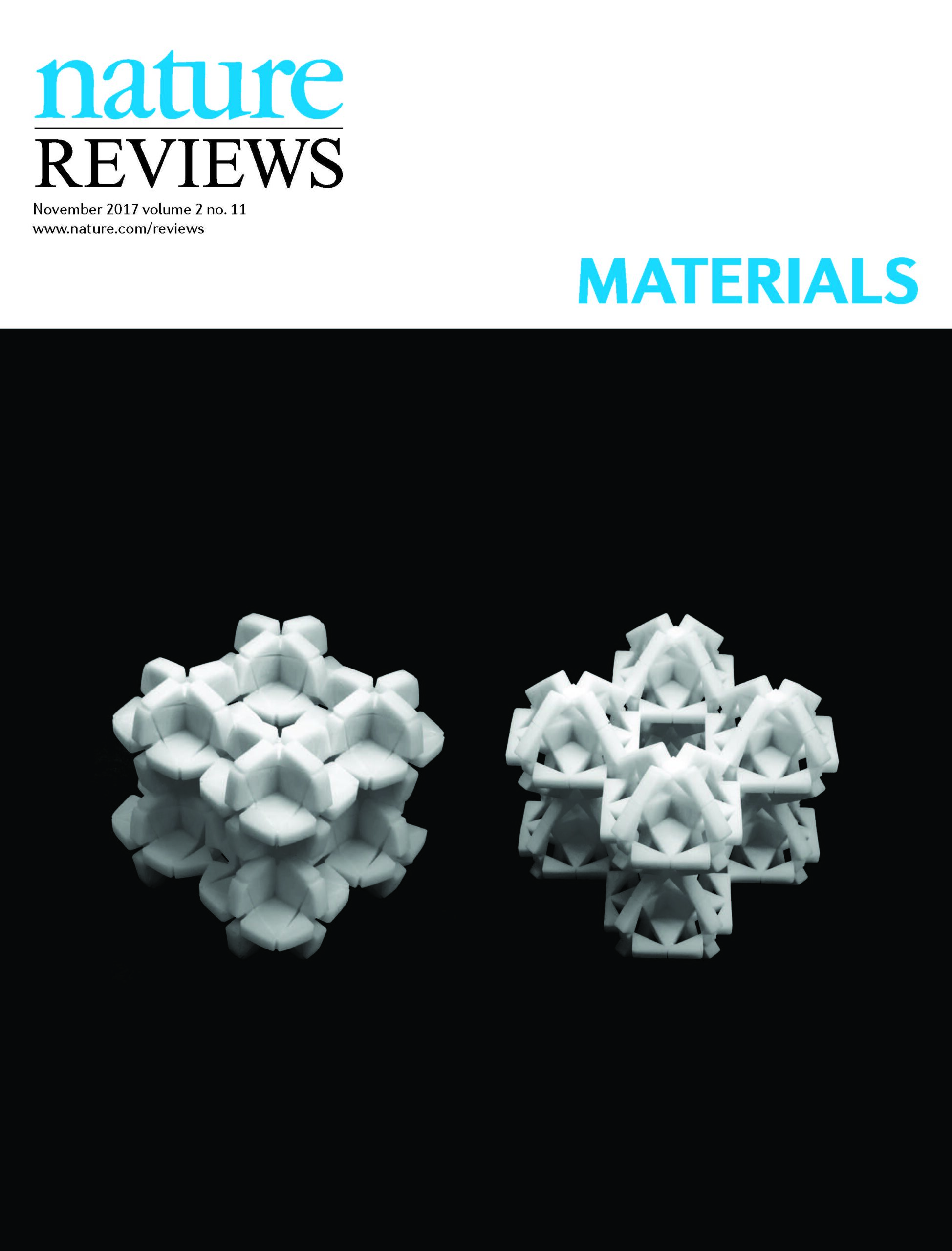In the realm of materials science, metamaterials have emerged as a captivating subject of investigation, challenging conventional paradigms and offering unprecedented properties that seem to blur the line between the inanimate and the dynamic. The notion that metamaterials can be likened to living entities—capable of responding with agility and intelligence to external stimuli—invites a reevaluation of their applications and implications in both scientific research and engineering. The investigation of such materials promises to redefine the boundaries of mechanics and physics, heralding an era where the material world possesses characteristics reminiscent of life itself.
Metamaterials, by definition, are artificially engineered substances whose structural configurations yield extraordinary characteristics absent in natural materials. One of the most riveting examples of this concept lies within the realm of flexible mechanical metamaterials. These materials exhibit unique mechanical behaviors, such as negative compressibility, which empowers them to deform in ways that defy traditional expectations. More importantly, they can be designed to respond to external stimuli—such as stress, heat, or even electromagnetic fields—enabling them to exhibit behaviors traditionally associated with living systems.
The fabrication of flexible mechanical metamaterials relies on the principles of architectural design at the microscale and macroscale levels. By manipulating the geometric arrangement of their constituent components, researchers can engender specific mechanical properties. For instance, a simple layout of interconnected springs or hinges can yield a structure that behaves as a super-elastic entity. This design methodology transcends the conventional stiffness-tensile relationship, allowing for materials that can absorb significant amounts of energy and return to their original shape after deformation.
The potential applications of such materials extend far beyond the laboratory. In the realm of robotics and soft automation, flexible metamaterials offer solutions that traditional rigid materials simply cannot provide. Robots that are fabricated from these metamaterials can imitate organic movements, adapting fluidly in unfriendly terrains or interacting with humans without the threat of causing injury. As such, the integration of flexible metamaterials into robotics promises to create devices that do not merely perform tasks but exhibit behaviors similar to living organisms, reacting and adapting to their environment in real time.
Moreover, the responsive nature of these materials enables avenues for innovation in prosthetics and biomedical applications. Flexible metamaterials can be customized to create prosthetic limbs that dynamically adjust to the wearer’s movements and exertion levels, enhancing comfort and functionality. Such attributes could dramatically enhance the quality of life for amputees by reestablishing a sense of autonomy and control. Furthermore, the integration of sensors and responsive mechanisms into these metamaterials could lead to the development of ‘intelligent’ bandages that react to physiological changes, providing timely alerts about infections or inflammation.
The intrinsic adaptability of flexible metamaterials also poses significant implications for the architecture and design of structures. Incorporating metamaterials into construction can yield buildings capable of resisting natural disasters. For instance, structures laden with self-adaptive metamaterials could alter their configurations in response to seismic activity, akin to the way an animal might brace itself against an impending threat. This adaptability could mitigate damage and enhance the resilience of infrastructure, marking a substantial advancement in civil engineering practices.
Yet, the discussion surrounding metamaterials does not cease with their mechanical properties and potential applications. Ethical implications and the environmental impact of manufacturing and deploying such materials require careful consideration. As engineering evolves rapidly, practitioners must align innovative practices with sustainability. The raw materials used in fabricating metamaterials and the processes employed should be optimized for minimal environmental harm. The pursuit of “green” metamaterials—those sourced from renewable materials or designed for end-of-life recyclability—stands as an essential facet of ongoing research.
Furthermore, the burgeoning field of synthetic biophysics intersects intriguingly with the concept of metamaterials. By drawing inspirations from biological systems—such as the adaptive camouflage of cephalopods or the shape-shifting abilities of the octopus—scientists are exploring pathways to incorporate features resembling biological responses into engineered materials. This fusion of biology with engineered materials not only deepens our understanding of both fields but also fosters hyper-adaptive systems that can navigate complex environments while mimicking living organisms’ functions.
As research on flexible mechanical metamaterials advances, the dialogue continues to evolve around their implications for future technologies. The inanimate metamaterials are reminiscent of living entities, drawing curiosity and piquing the imagination towards radical innovations. How might a flexible spring take its first leap towards life? The integration of mechanical and biological paradigms heralds an unfolding narrative where materials act whimsically, capturing the boundless potential of synthetic evolution. Engaging with such possibilities stirs excitement in astonishments of engineering, driving the quest for knowledge into unprecedented territories.
In conclusion, the exploration of flexible mechanical metamaterials invites a shift in perspective, offering not only scientific advancements but also a philosophical discourse on the nature of materials. As these innovative substances begin to resemble elements of life through their dynamism and responsiveness, they act as a bridge linking the material with the living. The promise of metamaterials is a vivid reminder of the extraordinary potential that exists at the intersection of engineering, biology, and ethics.










